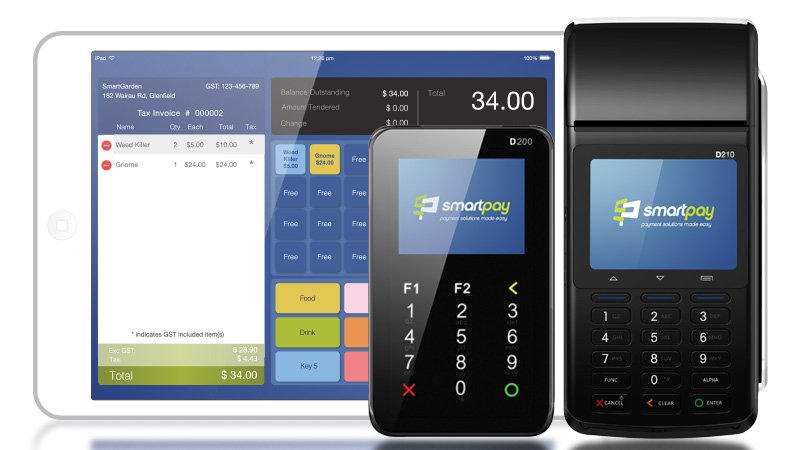Vault Intelligence Ltd (ASX:VLT) shareholders have endured a frustrating time since the company’s IPO back in 2016. This may all be about to change with the company’s outlook appearing to have finally turned the corner.
Company Video
In layman’s terms Vault’s software takes the hard work out of OH&S compliance. It replaces paper and excel spreadsheets in both large and small companies to ensure companies meet and exceeded regulatory requirements.
Vault Intelligence Limited (ASX: VLT) was listed on the Australian Stock Exchange (ASX) in July 2016 as the only provider of Risk and Safety Management Software listed in Australia.
Vault software is used in over 30 industries by over 400 customers with over 1 million individual users and 22,000 mobile app users. Vault has offices in Christchurch, Melbourne, Sydney and Perth.
Besides the regulatory requirements businesses are embracing vault software because they’re actually seeing a return on investment.
They see this in two ways.
Firstly insurance premiums are reduced for companies which use the software. Secondly workplace efficiencies gained by moving away from legacy OHS systems to Vault’s software has seen significant reductions in costs spent on compliance. So in short, the customers find vault software more than pays for itself.
Catalysts for future share price growth.
When looking for outsize gains in small companies it’s is import to understand what might see the market rerate the value of the company.
Possible catalysts to rerate Vault’s share price include:
- Cashflow positive operations. It’s a simple concept but many small companies struggle to ever reach this mark but when they do the market takes notice. Vault is well on the way to such a milestone with their latest announcement showing they had hit the forecast $6mill CRR figure.
- The Chinese market. OHS issues are just starting to get recognized in China. The Chinese government has recently enacted laws requiring companies to adhere to OHS standards. Part of the legislation involved the use of OHS software. Vault is currently partnering with a Singapore/Chinese company in an effort to break into both the Asian and Chinese market
- Solo software and its partnership with Samsung on wearable technology. Many workers in varying industries such as mining or telecommunications work alone well away from home base. Solo software helps companies keep track of where it’s workers are and their condition. When Solo software is installed on a Samsung watch the home base is able to monitor not only where a worker is but also their heart beat and things such as if they fallen off a ladder or injured themselves. Employers are also able to set invisible barriers so if an employee wanders into a dangerous zone the software will alert them to such an occurrence.
From all reports Solo software has been well received in the market place and looks set to be a possible company maker for Vault Intelligence.
Useful Links on Vault Intelligence
Investor Presentation June 2018 (available on YouTube)
Latest Trading Update
ASX Announcement
https://www.asx.com.au/asxpdf/20190708/pdf/446g20h3ty0ft6.pdf
Do you have an opinion on Vault Intelligence ?
I would love to hear it!!
Please join me and over 800 members on our investing forum. Just click here.
Disclosure and warning
Please Note: None of the above should be considered investment advice. These are my own opinions based on a number of years market experience. Please do your own research and consult a qualified financial advisor if you wish to invest.
At the time of publication Alonzo owned shares in Vault Intelligence. Price at time of publication 22 cents.





 What I like
What I like



 Source: Afterpay Holdings company presentation.
Source: Afterpay Holdings company presentation. Source: Afterpay Holdings company presentation.
Source: Afterpay Holdings company presentation.